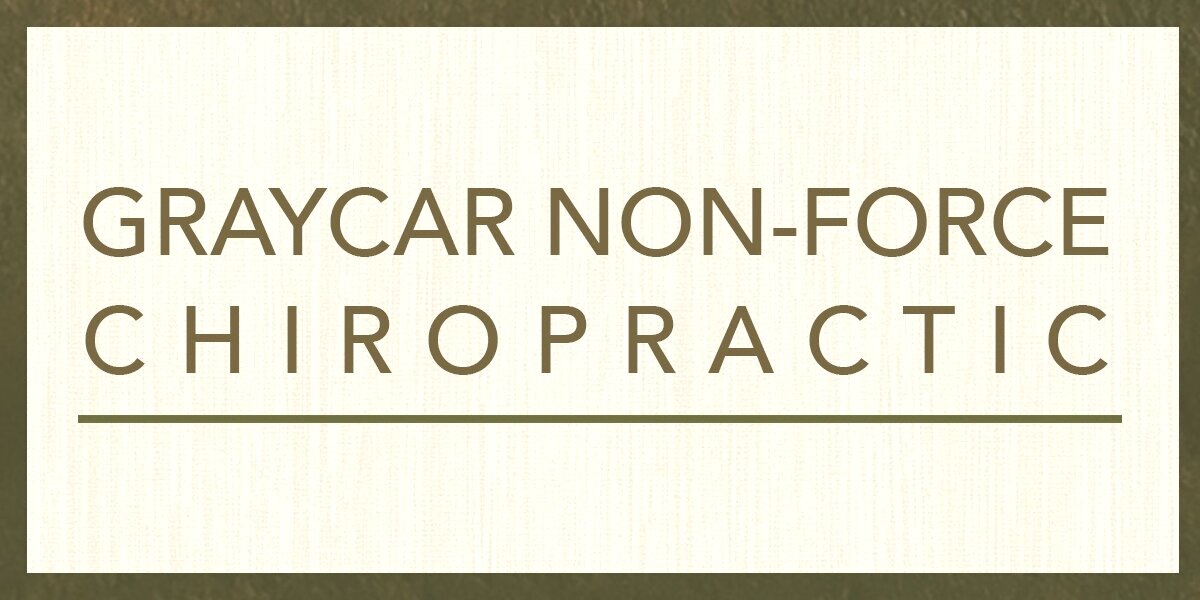Chiropractic Care – Why Choose Non-Force?
Mark Graycar
Non-Force Chiropractic Professional
The Gentle Touch: Exploring Non-Force Chiropractic vs. Traditional Methods
In the realm of holistic healthcare, chiropractic treatment stands out as a cornerstone of natural healing. Traditionally, chiropractic adjustments have been associated with forceful manipulations, often causing apprehension among patients wary of discomfort or potential risks. However, a gentler alternative has emerged – non-force chiropractic – offering a promising avenue for those seeking effective, yet gentle, care. In this article, we delve into the differences between non-force chiropractic and regular chiropractic, highlighting the advantages of the former.
Traditional chiropractic care typically involves manual adjustments, where practitioners use controlled force to manipulate the spine and joints, aiming to realign misalignments and alleviate pain. While many patients experience relief through these methods, others may find the forceful nature discomforting or intimidating. Moreover, such adjustments can sometimes lead to adverse reactions, particularly in individuals with certain health conditions or sensitivities.
On the other hand, non-force chiropractic takes a more subtle approach, prioritizing gentle techniques over forceful maneuvers. Practitioners in this field employ methods such as Activator Technique, Network Spinal Analysis (NSA), or Sacro-Occipital Technique (SOT), which utilize precise and light touches to stimulate the body's innate ability to heal itself. By targeting specific points along the spine and nervous system, non-force chiropractors seek to release tension, restore balance, and promote overall well-being without the need for aggressive force.
One of the key advantages of non-force chiropractic lies in its suitability for a broader range of patients. Unlike traditional adjustments, which may not be suitable for everyone, non-force techniques can be tailored to accommodate individuals with varying degrees of sensitivity or health concerns. This inclusivity extends its benefits to children, elderly patients, pregnant women, and those recovering from injuries or surgeries, who may find comfort in the gentle nature of non-force adjustments.
Furthermore, non-force chiropractic emphasizes collaboration between practitioner and patient, fostering a partnership centered on empowerment and education. Instead of passive manipulation, patients are encouraged to actively participate in their healing journey through mindfulness practices, breathing exercises, and lifestyle modifications. This holistic approach not only addresses physical discomfort but also addresses underlying stressors, emotional imbalances, and lifestyle factors contributing to overall health.
Research supports the efficacy of non-force chiropractic in managing various musculoskeletal conditions, including back pain, neck pain, headaches, and sciatica. A study published in the Journal of Manipulative and Physiological Therapeutics found that NSA, a non-force technique focusing on spinal reorganization, led to significant improvements in pain and functional outcomes compared to traditional chiropractic care. Similarly, a systematic review in the Journal of Alternative and Complementary Medicine concluded that Activator Technique showed promising results in reducing pain and disability associated with lower back conditions.
In conclusion, while traditional chiropractic methods have their place in healthcare, non-force chiropractic offers a gentler and often more inclusive approach to healing. By prioritizing precision, collaboration, and the body's innate capacity for self-healing, non-force techniques provide a safe and effective alternative for patients seeking relief from pain and discomfort. Whether you're a seasoned chiropractic patient or exploring options for holistic care, consider the gentle touch of non-force chiropractic for a harmonious journey towards wellness.


